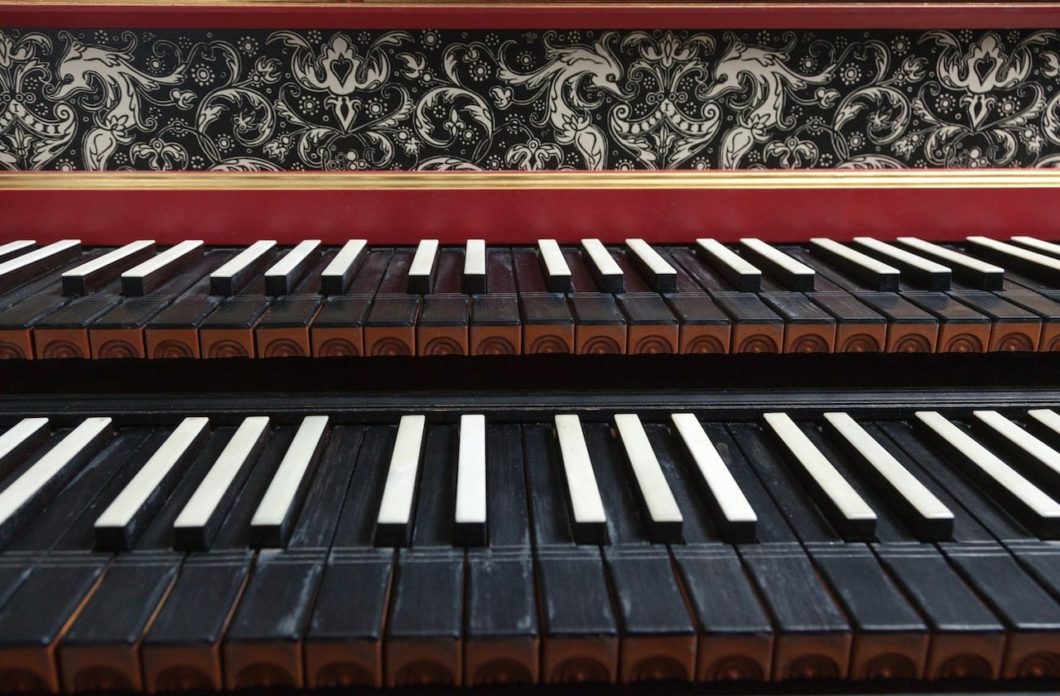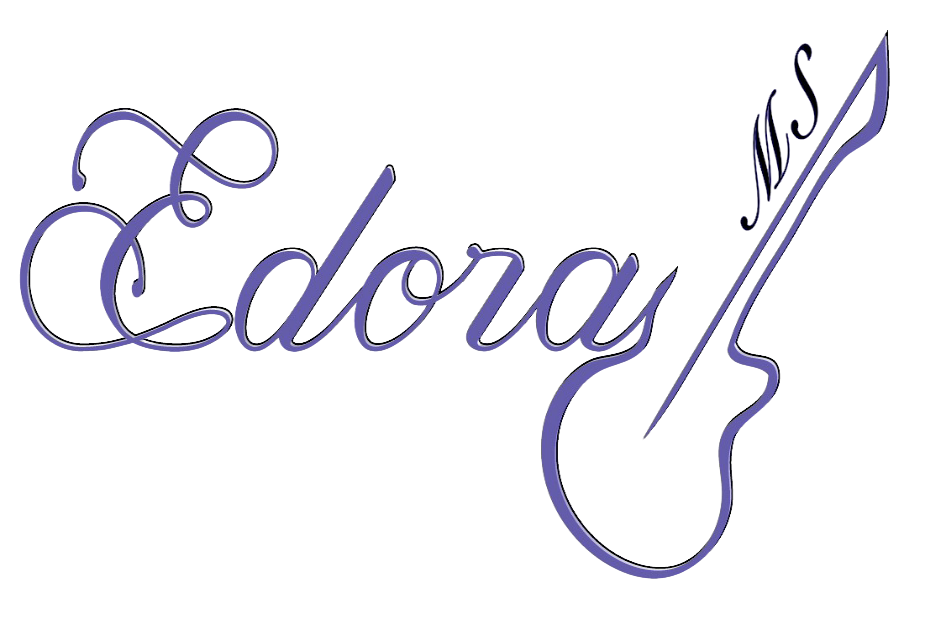GUITAR AND HARPSICHORD IN 20TH CENTURY
the revival of general public interest and recognition of the musical elite of the world through the prism of Andrés Segovia and Wanda Landowska activities
By Daria | February 23, 2019
The 20th century was a truly “golden age” of classical guitar. But not only the guitar during this period experienced its heyday, the harpsichord, which disappeared from the concert halls in the 19th and 20th centuries, returns to the avant-garde of musical life.
If a significant public interest in the guitar is due to Andrés Segovia activity, then Arnold Dolmetsch (1858-1940) initiated the revival of the harpsichord. French-born musician and instrument maker became one of the first propagandists of early music and traditions of instrumental performance. His concerts of baroque music always evoked a wide public response.
In the same time, the appearance of the new repertoire of the harpsichord was due to the activity of the outstanding Polish pianist and harpsichordist Wanda Landowska (1879-1959). A graduate of the Warsaw Conservatory, Landowska lived in Paris from 1900 to 1912. As is known, Paris at the beginning of the 20th century was a center of a culture where the most famous composers of that time, such as Debussy, Ravel, Satie, Poulenc, etc., worked. The entire musical elite of the world was at that time in Paris. Thus, it is quite natural that the same composers composed both for the guitar and for the harpsichord in this period.
For example, the famous Spanish composer Manuel de Falla wrote a piece for guitar solo “Pour le Tombeau de Claude Debussy” in 1920, and three years later, he composed the “Concerto for Harpsichord” which he dedicated to Landowska because he was amazed by her talent and desire to revive the harpsichord and return the wide interest of the public to this instrument. The concert was first performed in 1926 (Barcelona).
In 1925, Landowska founded the École de Musique Ancienne in Paris, and from 1927 her house became the center of the performance of old music. Segovia at the same time gave numerous concerts all over the world, invariably arousing wide interest among the musicians and the general public.
Both performers were looking for their ideal instruments and, in a sense, the ideal instrument in the opinion of both, one, that can be successfully used in huge halls.
Segovia got its ideal instrument from the best guitar master at that time. Manuel Ramirez was fascinated with the Segovia performance, so he presented him his best guitar. Thus, we can say, that Segovia was not delving into the process of creating the guitars. Landowska went further. She acquired old harpsichords and had new ones made by Pleyel & Company. These were large harpsichords, owed much to piano construction. But, after the Second World War, when the idea of authenticity of harpsichord music changed, the production of so-called “concert harpsichord” gradually faded away.
Guitar and harpsichord have a lot in common. Both are instruments with limited dynamic capabilities (although the guitar in this pair still loses to the harpsichord). But at the same time, both possess a completely unique timbre, which cannot be confused with any other musical instrument.
The harpsichord, like the guitar, has a plucked principle of sound extraction which is similar to the guitar one. And this is despite the fact that the history of the harpsichord is at least 600 years old, and the first modern classical guitars began to appear not so long ago, in the middle of the 19th century. The sound on the guitar is made with the help of a nail, which serves as a kind of plectrum for guitarists. In turn, on the harpsichord, the sound is also extracted by a plectrum with subsequent vibration of the strings.
Thus, we see that the sound production and timbre on the harpsichord is in many ways akin to the guitar one. Neither the harpsichord nor the guitar has a pedal (or bows) with which the performer could affect the length of the sound but are instruments with the richest articulation capabilities. The overlap of the attacks of two instruments creates an effect that can be called “the space inside each sound”, the guitar envelops and softens the sound of the harpsichord. In such an ensemble, as in no other, the construction of joint articulation between musicians is crucial.
The guitar should almost always remain in the forte gradations and rarely use the piano nuance (with the exception of solo phrases). At the same time, it is possible to achieve diversity in the dynamic sphere through spatial possibilities. The guitar must be given the first role, the harpsichord must create the role of perspective. The result of these efforts should be the creation of a single sound space, which can be safely described as the sound of the “big harpsichord”.

Guitar and harpsichord have a lot in common. Both are instruments with limited dynamic capabilities (although the guitar in this pair still loses to the harpsichord). But at the same time, both possess a completely unique timbre, which cannot be confused with any other musical instrument.

No comments found!